(2071 products available)




























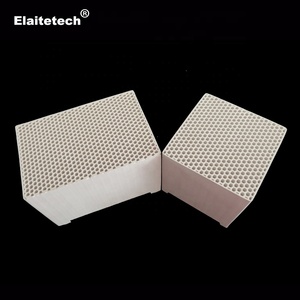



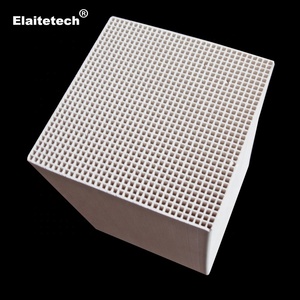








































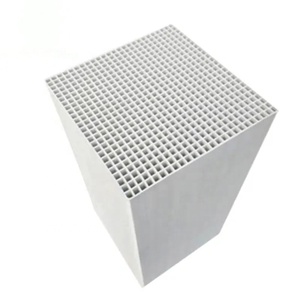

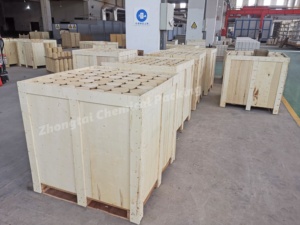















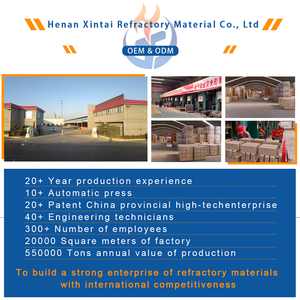
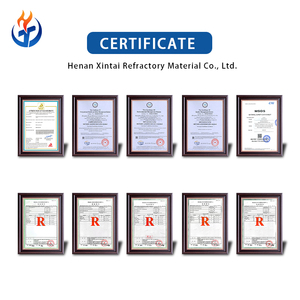








































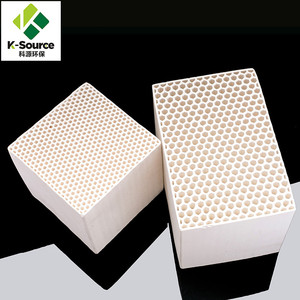
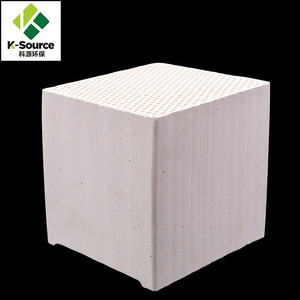



















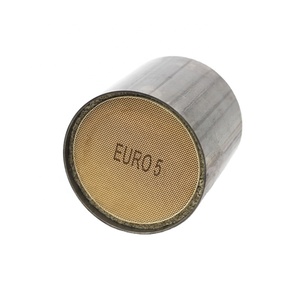
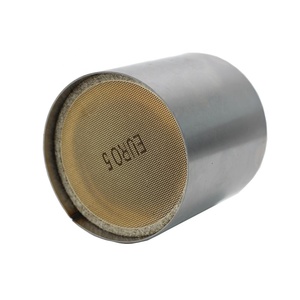
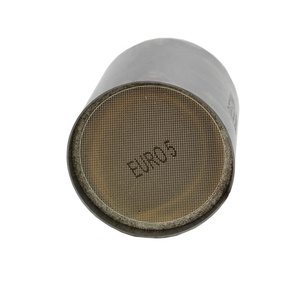
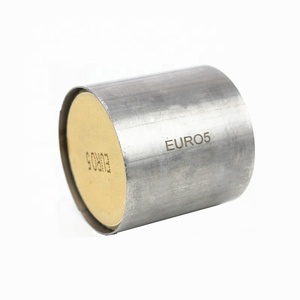
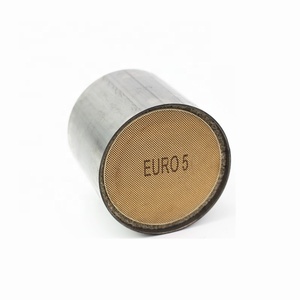
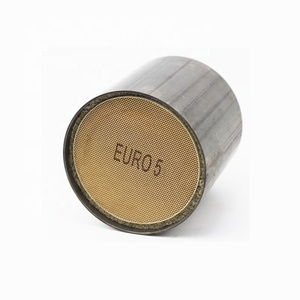





















When it comes to the types of RTO China, there are basically four common types, which include electric vehicles, gas vehicles, diesel vehicles, and fuel cell vehicles.
Electric vehicle (EV) :
In an electric vehicle, the electric motor uses electricity stored in the battery. The battery in an electric vehicle can be recharged using public charging infrastructure (DC fast charging or level 2 AC charging) or charging at home using a standard 120-volt outlet (level 1 charging). Electricity is converted to power for an electric vehicle by an electric drive system that works independently of an internal combustion engine. This enables a silent ride zero tailpipe emissions and less frequent maintenance due to the absence of fluids and fewer moving parts. Smart charging technologies also allow electric vehicles to participate in the energy market by sending power back to the grid during peak demand. Emergency backup power for homes or businesses during outages can also be provided by electric vehicles integrated with renewable energy sources like solar power.
Gas vehicles (GV) :
A gas vehicle uses natural gas as a fuel source. Compressed natural gas (CNG) or liquefied petroleum gas (LPG) are the two forms of natural gas most commonly utilized in gas-powered cars. Compared to gasoline or diesel engines, these vehicles release lower emissions and are also more environmentally friendly. Natural gas engines provide a comparable level of performance and dependability as conventional fuel sources while being cheaper. Gas stations with CNG or LPG pumps are accessible for refueling. Gas vehicles are primarily used for public transportation, delivery services, and other applications that benefit from their reduced operating costs and cleaner emissions.
Diesel vehicles (DV) :
Diesel vehicles use diesel engines as their powertrain, which ignites fuel through compressed air, making them distinct from gasoline engines. Delivering high torque at low speeds makes diesel engines well-suited for heavy-duty pickups and vehicles that tow trailers or carry large loads. Compared to gasoline engines, diesel vehicles are more fuel-efficient and economical, especially when traveling long distances. However, they also produce more nitrogen oxides and particulate matter, requiring advanced emissions controls like diesel particulate filters and selective catalytic reduction systems to reduce pollution. Diesel fuel can be obtained from pumps at most gas stations for vehicles powered by diesel engines.
Fuel cell vehicles (FCV) :
A fuel cell vehicle uses electricity from a fuel cell, which converts hydrogen from an onboard tank and oxygen from the air into electricity to power an electric motor. Fleet tests show that driving ranges and refueling times comparable to gasoline vehicles can be achieved by using hydrogen. Because they do not emit any pollutants, fuel cell vehicles are cleaner alternatives for using renewable hydrogen produced from water, wind, and solar power. Hydrogen refueling stations are being developed to support the infrastructure needed for fuel cell vehicles.
China’s RTO industry has made significant strides in recent years, especially in efficiency and technology. The features and functions of RTOs vary and depend on the model. Here are some common features and functions of RTO:
Heat Exchanger
The heat exchanger is the main component of any RTO system. In this component, the exhaust gases from the process heaters transfer heat to the incoming combustion air. It preheats the incoming air before it enters the burner chamber. The exchanger improves thermal efficiency by recovering heat from the hot gases.
Thermal Oxidizer
An RTO uses a thermal oxidizer to destroy volatile organic compounds (VOCs) and hazardous air pollutants (HAPs) in waste gases. The thermal oxidizer operates at high temperatures, utilizing heat from the waste gas stream to combust these organic compounds catalytically. The oxidizer achieves high destruction efficiencies while recovering heat for the process.
Heat Recovery
RTOs intermittently swap the heat exchange chambers to recover heat from the hot exhaust gases. Heat recovery improves the energy efficiency of the system. It reduces fuel consumption by preheating the combustion air and reducing stack temperatures.
Air Pollution Control
Regenerative thermal oxidizers comply with air pollution regulations by destroying hazardous air pollutants before discharging them into the atmosphere. They reduce permissible emissions and control odors. They also demonstrate compliance with environmental standards by continuously monitoring the destruction efficiency.
Energy Efficiency
RTOs recover thermal energy from the waste gas stream, which reduces fuel costs and energy requirements. They also employ integrated heat exchangers that transfer thermal energy between the process gas streams. This maximizes heat recovery and minimizes energy losses.
Operational Flexibility
RTOs offer operational flexibility and can adapt to varying process conditions and waste gas compositions. They provide reliable performance even with fluctuations in flow rate, temperature, and concentration of harmful components in the exhaust stream. This ensures compliance with emission standards under all operating conditions.
Modular Design
The rotary tunnel kiln design is often modular. This allows easy integration into existing industrial facilities and... systems. It enables plant expansion with minimal disruption to ongoing operations. Additionally, it offers customization to meet specific application requirements. For instance, the number of chambers and heat exchange surfaces can be tailored to optimize performance for each specific process.
The RTO system has a variety of applications, which exploit its ability to recover heat from the gas stream. These applications include;
When sourcing RTOs from China, it is important to consider aspects that would satisfy customers and generate profits. Here are some of them:
Quality and durability
When choosing an RTO, customers intend to get an appliance that will last long while producing reliable and efficient results. In most cases, people look for brands with a reputation for producing quality and durable products. When sourcing RTOs from China, opt for well-known brands, or ensure the manufacturer uses quality materials. Furthermore, inquiring to see product testing certificates is important. This is so since certificates prove that the manufacturer has tested the products and ensured they comply with set standards.
Proper Capacitance
The term 'capacitance' refers to the number of toasters an RTO can hold at a time, which usually varies depending on the model. Selecting an RTO with an appropriate capacitance is important because, in the toasting process, users need to determine whether the RTO they are using is of the right size. This helps save time and energy. When choosing an RTO, the ideal model is one with the right capacitance to match customer kitchen space.
Thermostat controls
It is important to look for a model with adjustable thermostat controls. This is because different types of bread require different temperatures to achieve their toasting goals. A model with adjustable thermostat controls offers consistent results, preventing burnt or undercooked slices.
Heating options
RTOs with various heating options are able to satisfy different customer preferences and increase their demand. When their ovens have multiple heating modes, they can toast bread, bake pastries, and even heat frozen food.
Energy Efficiency
With the increasing energy costs, many customers are looking for ways to save on their bills. In most cases, customers tend to purchase RTOs with energy-saving features. Incorporating these types into your inventory will increase your profits.
Safety features
An RTO with safety elements, including auto shutoff, cooltouch exterior and, tipover protection, should be prioritized. These elements help prevent serious hazards. They also offer peace of mind when the appliance is in use or when it is not attended to by someone.
Q1: What is the RTO China?
A1: RTO China refers to the registered trademark office in China, which is the process of registering trademarks in the People's Republic of China (PRC).
Q2: Why is registering a trademark in China important?
A2: Registering a trademark in China is important because it helps businesses protect their brand and intellectual property in the Chinese market. China is one of the world's largest markets, and registering a trademark in China can prevent others from using or registering a trademark similar to your brand.
Q3: How do I apply for trademark registration in China?
A3: To apply for trademark registration in China, businesses need to submit an application to the China National Intellectual Property Administration (CNIPA). The application includes details such as the trademark, the goods or services to be covered by the trademark, and the applicant's information.
Q4: How long does the trademark registration process take in China?
A4: The trademark registration process in China usually takes about 12 to 18 months. However, businesses need to keep in mind that the registration process can sometimes take longer due to additional requirements or concerns.
Q5: How long is a registered trademark valid in China?
A5: A registered trademark in China is valid for ten years from the date of registration. After ten years, businesses can renew the trademark for another ten years.